Cryptocurrency investors face overwhelming choices. Should you buy individual tokens, trade actively, stake for yield, use DeFi protocols, invest through funds, or use index strategies? Each approach promises wealth creation, but which actually delivers optimal risk-adjusted returns for typical investors?
Most comparison content presents biased perspectives promoting specific approaches. Crypto trading platforms emphasize active trading. DeFi protocols highlight yield farming. Fund managers promote their offerings. What's missing is objective, comprehensive analysis examining all options fairly.
This definitive comparison evaluates Token Metrics indices against every major crypto investment alternative. We'll examine advantages, disadvantages, costs, risks, and ideal investor profiles for each approach. By the end, you'll understand exactly why indices represent optimal choice for most investors—and when alternative approaches might make sense.
The Eight Major Crypto Investment Approaches
Before diving into detailed comparisons, let's categorize the landscape of crypto investment options available today.
- Individual Token Selection: Researching and buying specific cryptocurrencies directly
- Active Trading: Frequent buying and selling attempting to profit from price movements
- Staking and Yield Farming: Locking tokens in protocols to earn yields
- DeFi Protocol Participation: Providing liquidity or engaging in decentralized finance
- Crypto Hedge Funds: Investing through professionally managed funds
- Bitcoin-Only Strategy: Exclusively holding Bitcoin as digital gold
- Crypto ETFs/Trusts: Investing through regulated traditional financial products
- AI-Powered Index Strategies: Token Metrics systematic, diversified approach
Each serves different purposes and suits different investor types. Let's examine each comprehensively.
Individual Token Selection: The DIY Approach
Many investors begin by researching and selecting specific cryptocurrencies they believe will outperform.
- Advantages: Complete control over decisions without management fees. Potential for exceptional 100x+ returns from identifying winners early. Deep learning experience building genuine crypto understanding.
- Disadvantages: Proper research demands 10-20 hours weekly. Over 90% of projects fail within three years, risking total loss. Emotional decisions lead to buying high and selling low. Concentrated portfolios suffer catastrophic single-token failures. Constant monitoring creates anxiety and stress.
Ideal For: Full-time researchers with substantial time, emotional discipline through volatility, and ability to absorb total losses.
Token Metrics Comparison: Indices provide similar upside through diversification while eliminating research burden, reducing failure risk, and removing emotional decisions. For 95% of investors, indices deliver better risk-adjusted returns with 90% less time investment.
Active Trading: The Full-Time Job Approach
Some investors attempt profiting from short-term price movements through frequent trading.
- Advantages: Potential for quick gains in days/weeks rather than years. Leveraged trading amplifies profits. Constant market engagement provides excitement. Flexibility to adapt quickly to changing conditions.
- Disadvantages: Studies show 85-95% of traders lose money over time. Requires 40-80 hours weekly monitoring markets. Extreme stress causes burnout and poor life quality. Generates short-term capital gains taxed up to 37%. Trading fees, spreads, and slippage compound into 60%+ annually with frequent trades.
Ideal For: Professional traders with full-time career commitment, exceptional emotional discipline, acceptance of high failure probability, and substantial loss capital buffer.
Token Metrics Comparison: Indices capture market upside without trading's massive time requirements, emotional toll, tax inefficiency, or statistical disadvantages. Buy-and-hold index strategies outperform 90%+ of active traders after fees, taxes, and opportunity costs.
Staking and Yield Farming: The Income-Focused Approach
Staking tokens or providing liquidity generates yields—typically 5-20% APY depending on protocol and risk level.
Advantages
- Passive Income Generation: Regular yield payments provide income stream separate from price appreciation, appealing to income-focused investors.
- Compounding Opportunities: Reinvesting yields creates compound growth acceleration similar to dividend reinvestment in traditional investing.
- Network Participation: Staking contributes to blockchain security and governance, providing purpose beyond profit seeking.
Disadvantages
- Token Price Risk Dominates Yield: 15% APY means nothing if token price declines 60%—you're net negative despite yield
- Lock-Up Periods: Many staking arrangements lock tokens for weeks or months, preventing selling during crashes
- Impermanent Loss: Liquidity provision creates impermanent loss risk—you may have less value than simply holding tokens
- Protocol Risks: Smart contract bugs, exploits, or failures can eliminate entire positions despite careful selection
- Complexity Management: Moving between protocols chasing optimal yields requires constant attention and decision-making
- Tax Complications: Yield payments trigger ordinary income taxes potentially at high rates, and tracking cost basis across protocols proves complex
Ideal For
Yield strategies suit technically sophisticated investors comfortable evaluating smart contract risks, accepting token price volatility, having detailed tax tracking systems, and not needing access to capital during lock-up periods.
Token Metrics Indices Comparison
While staking provides 5-20% yields, Token Metrics indices typically generate 30-60% annualized appreciation through systematic selection and rebalancing. The appreciation far exceeds staking yields while maintaining liquidity, avoiding protocol risks, and simplifying tax treatment. Indices can incorporate staking where appropriate without requiring you to manage complexity.
DeFi Protocol Participation: The Sophisticated Approach
Decentralized finance protocols enable lending, borrowing, trading, and complex financial strategies without intermediaries.
Advantages
- High Yield Potential: DeFi protocols sometimes offer exceptional yields—30-100%+ APY during periods of high demand and limited supply.
- Financial Innovation Access: DeFi enables strategies impossible in traditional finance—flash loans, automated market making, complex derivatives without counterparty risk.
- Transparency: All transactions occur on-chain providing complete visibility into protocol mechanics, reserves, and risks.
Disadvantages
- Extreme Complexity: Understanding DeFi protocols requires technical knowledge of smart contracts, liquidity pools, tokenomics, and blockchain mechanics
- Smart Contract Risks: Bugs, exploits, or economic attacks can drain funds despite audits—DeFi history includes billions lost to exploits
- Gas Fee Costs: Ethereum gas fees make small position management uneconomical—often paying $50-200 per transaction during high network usage
- Yield Volatility: DeFi yields fluctuate dramatically—100% APY quickly becomes 10% APY requiring constant position adjustment
- Regulatory Uncertainty: DeFi exists in regulatory gray area potentially facing restrictions limiting future participation
- Overwhelming Options: Hundreds of protocols create analysis paralysis and risk of choosing unstable or dishonest platforms
Ideal For
DeFi suits technically expert investors who understand smart contracts deeply, actively manage positions across protocols, accept total loss risk from exploits, and have capital sufficient to absorb gas fees.
Token Metrics Indices Comparison
Indices provide professional crypto exposure without DeFi's complexity, smart contract risks, gas fee burdens, or technical expertise requirements. For investors seeking crypto appreciation without becoming blockchain developers, indices deliver far superior risk-adjusted returns.
Crypto Hedge Funds: The Institutional Approach
Some investors access crypto through professionally managed hedge funds specializing in digital assets.
Advantages
- Professional Management: Experienced portfolio managers make investment decisions leveraging institutional research and resources.
- Access to Complex Strategies: Funds employ sophisticated strategies beyond typical retail investor capabilities—arbitrage, options, private placements.
- Risk Management: Institutional risk management frameworks and processes potentially reduce volatility and limit losses.
Disadvantages
- Extremely High Fees: Traditional "2 and 20" structure charges 2% annually plus 20% of profits—these fees compound into enormous costs over time
- High Minimums: Most crypto hedge funds require $100,000-1,000,000 minimum investments, excluding typical investors
- Limited Liquidity: Quarterly or annual redemption windows prevent accessing capital when needed
- Manager Risk: Performance depends entirely on specific manager's skill—past performance doesn't guarantee future results
- Lack of Transparency: Many funds don't disclose holdings or strategies, creating uncertainty about actual exposures
- Mediocre Performance: Most crypto hedge funds underperform simple buy-and-hold strategies after accounting for fees
Ideal For
Crypto hedge funds suit ultra-high net worth investors ($5M+ portfolios) seeking professional management, comfortable with illiquidity, and willing to pay premium fees for institutional infrastructure.
Token Metrics Indices Comparison
Token Metrics provides institutional-grade AI management at fraction of hedge fund costs—$50-200 monthly subscription versus $10,000+ annually in hedge fund fees for typical portfolio sizes. Performance is transparent, capital remains liquid, and minimums are under $1,000 versus six-figure hedge fund requirements.
Bitcoin-Only Strategy: The Minimalist Approach
Some investors exclusively hold Bitcoin, viewing it as digital gold.
- Advantages: Simple single-asset strategy eliminates research complexity. Fifteen-year track record demonstrates survival through multiple cycles. Most mature security practices and custody solutions. Limited supply supports store-of-value thesis.
- Disadvantages: Other cryptocurrencies often outperform Bitcoin during bull markets. Single asset means Bitcoin-specific issues harm entire portfolio. Limited growth potential—100x returns unlikely given size. No diversification or rebalancing benefits.
Ideal For: Conservative investors prioritizing simplicity and security over maximum returns, or those philosophically committed to Bitcoin specifically.
Token Metrics Comparison: Conservative indices typically hold 40-60% Bitcoin while adding diversified exposure to other quality projects. This provides Bitcoin's stability while capturing additional upside from emerging winners—historical data shows 30-50% higher returns than Bitcoin-only with similar volatility.
Crypto ETFs and Trusts: The Traditional Finance Approach
Recently approved Bitcoin ETFs and existing crypto trusts provide regulated exposure through traditional brokerage accounts.
Advantages
- Regulatory Compliance: SEC-approved products provide legal certainty and investor protections unavailable with direct crypto holdings.
- Brokerage Integration: Hold crypto exposure alongside stocks and bonds in existing retirement accounts and brokerage accounts.
- Simplified Custody: No need for wallets, private keys, or exchange accounts—all handled by fund custodian.
- Tax Reporting Integration: Broker-provided 1099 forms simplify tax filing versus tracking individual crypto transactions.
Disadvantages
- Management Fees: ETFs charge 0.2-2.5% annually reducing returns—these fees compound substantially over decades
- Limited Options: Currently only Bitcoin ETFs approved—no Ethereum or diversified crypto ETFs available broadly
- Premium/Discount Volatility: Some trusts trade at premiums or discounts to net asset value creating tracking errors
- No Token Ownership: You own fund shares, not actual crypto—can't stake, participate in governance, or use tokens in DeFi
- Counterparty Risk: Depend on fund operator solvency and custody practices rather than controlling assets directly
Ideal For
Crypto ETFs suit traditional investors prioritizing regulatory comfort, wanting retirement account exposure, avoiding direct crypto custody, and accepting limited options for that convenience.
Token Metrics Indices Comparison
Token Metrics offers far broader diversification than current ETFs (Bitcoin only), typically lower costs, direct asset ownership providing full flexibility, and exposure to full crypto opportunity set rather than single asset. For investors comfortable with direct crypto custody, indices provide superior returns and options.
Token Metrics AI-Powered Indices: The Optimal Balance
After examining alternatives, let's detail Token Metrics indices comprehensive advantages.
Unique Advantages
- Professional AI Management Without Hedge Fund Costs: Institutional-grade algorithms at $50-200 monthly versus $10,000+ hedge fund fees
- Diversification Without Research Burden: Exposure to 20-50 quality tokens without spending hundreds of hours researching each
- Systematic Rebalancing: AI-driven rebalancing captures profits from winners and accumulates losers at discounts automatically
- Emotional Decision Elimination: Predetermined rules prevent fear and greed-driven mistakes that destroy returns
- Tax Optimization Opportunities: Strategic loss harvesting and holding period management minimize tax burden
- Flexibility Across Risk Profiles: Conservative to aggressive indices suit different investor needs within single platform
- Complete Liquidity: Exit positions any time unlike hedge funds, locked staking, or illiquid investments
- Transparent Performance: Track record visible rather than opaque fund reporting
For Whom Indices Work Best
Token Metrics indices suit 95% of crypto investors—those wanting professional exposure without full-time trading careers, seeking diversification without research burden, prioritizing long-term wealth building over short-term speculation, and valuing systematic approaches over emotional decision-making.
Conclusion: Why Indices Win for Most Investors
This comprehensive comparison reveals consistent pattern: alternative approaches offer niche advantages for specific situations but indices provide optimal balance of return potential, risk management, time efficiency, and cost effectiveness for typical investors.
Individual selection works if you're full-time researcher. Active trading works if you're professional trader. DeFi works if you're blockchain developer. Hedge funds work if you have millions. ETFs work if you want only Bitcoin in retirement accounts.
But if you're typical investor—employed professional, business owner, or retiree wanting substantial crypto exposure without it becoming second job—Token Metrics indices deliver superior risk-adjusted returns with minimal time investment and emotional burden.
The proof isn't theoretical—it's mathematical. Systematic, diversified, professionally managed approaches outperform alternatives across decades of investment research in every asset class. Crypto's unique characteristics amplify these advantages rather than diminishing them.
Your choice is clear: spend hundreds of hours researching individual tokens, stress over active trading, manage DeFi complexity, pay excessive hedge fund fees, or achieve superior results through systematic index investing requiring minimal time and expertise.
Start your 7-day free trial today and discover why sophisticated investors increasingly choose Token Metrics indices over every alternative approach.



.svg)


.png)




%201.svg)
%201.svg)


%201.svg)



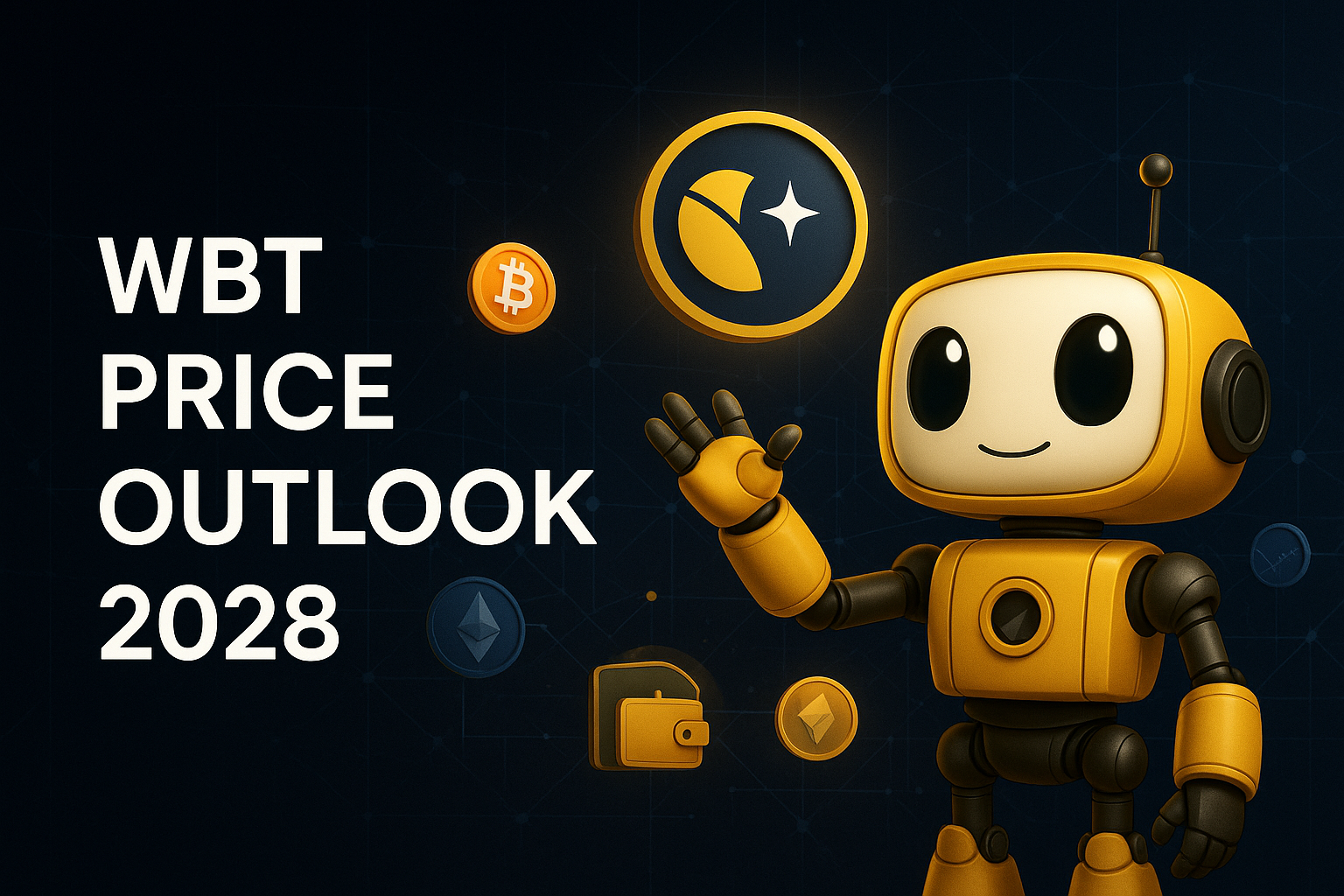

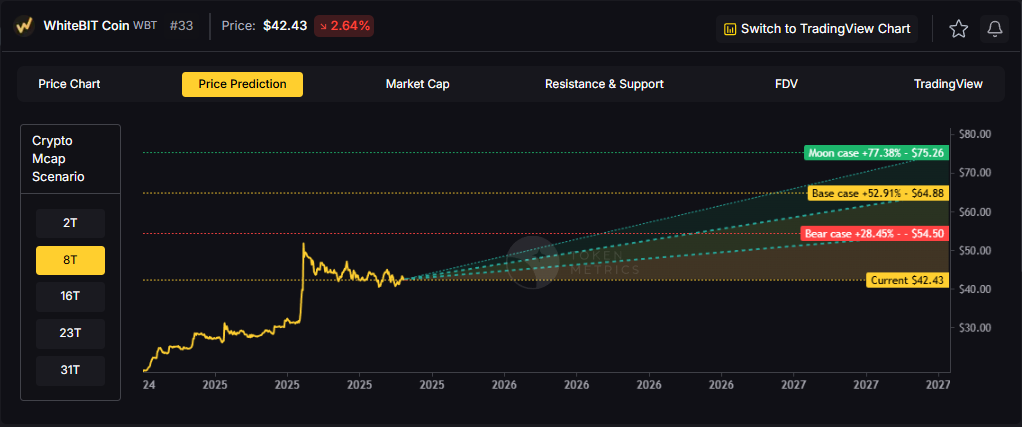
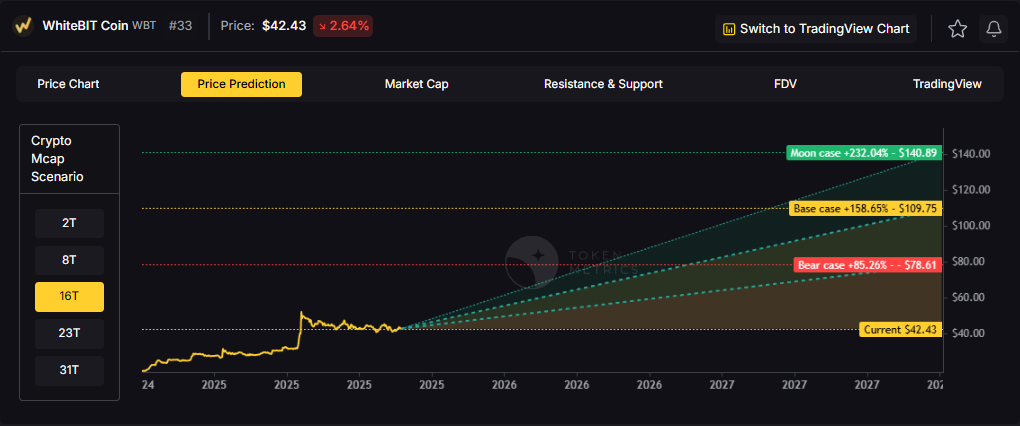
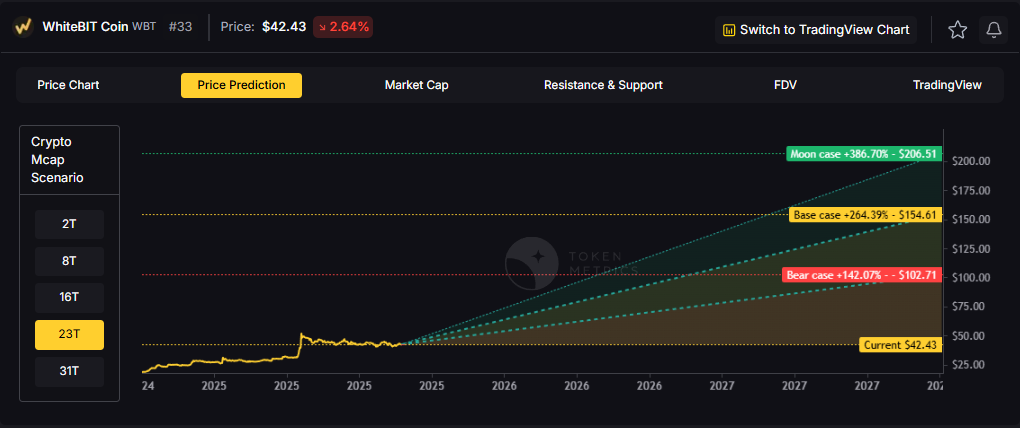

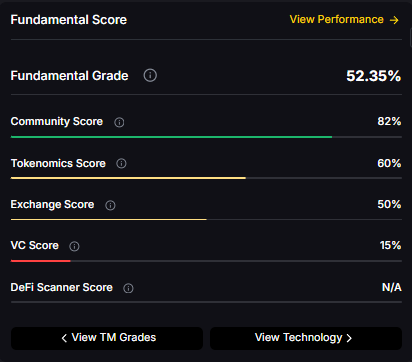
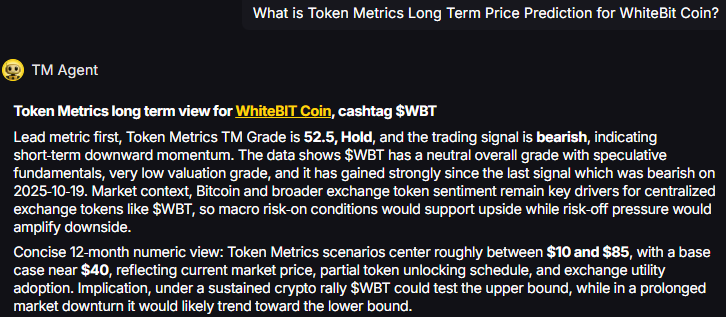
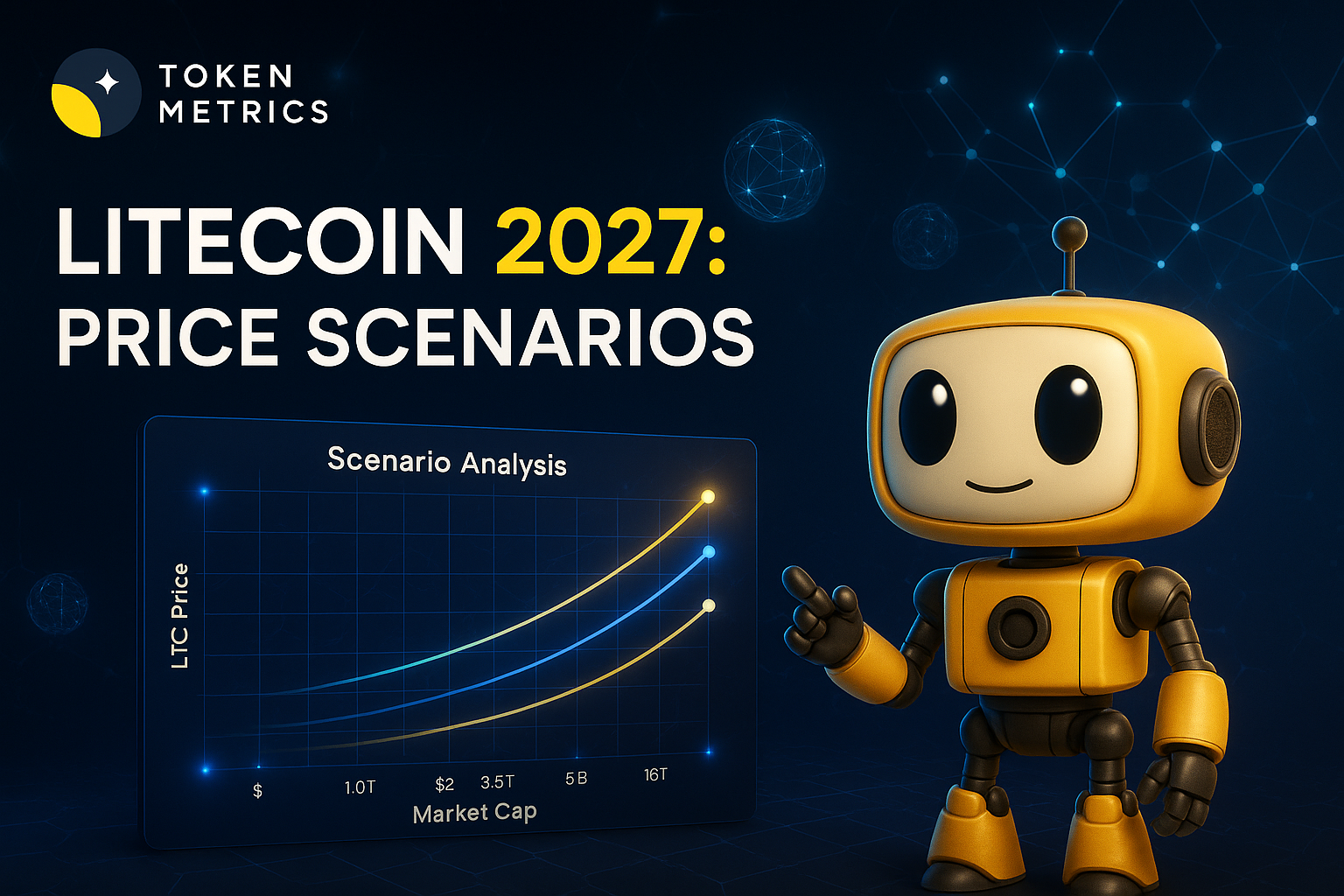

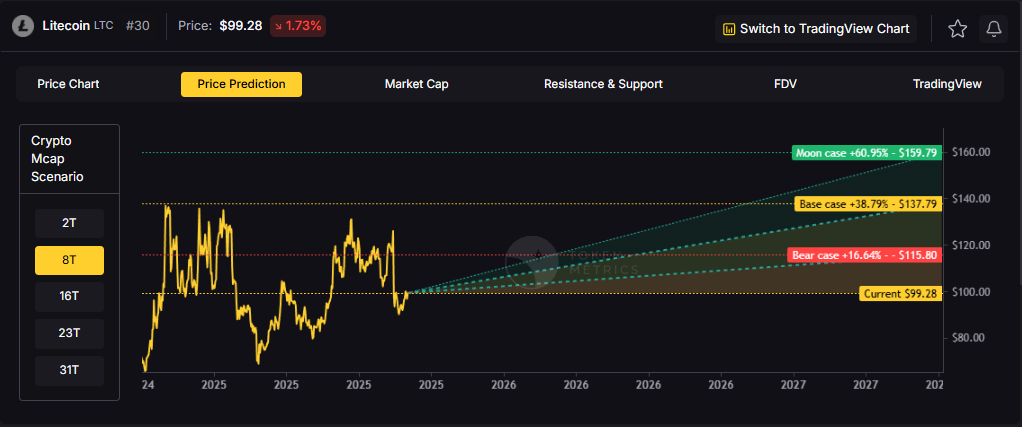
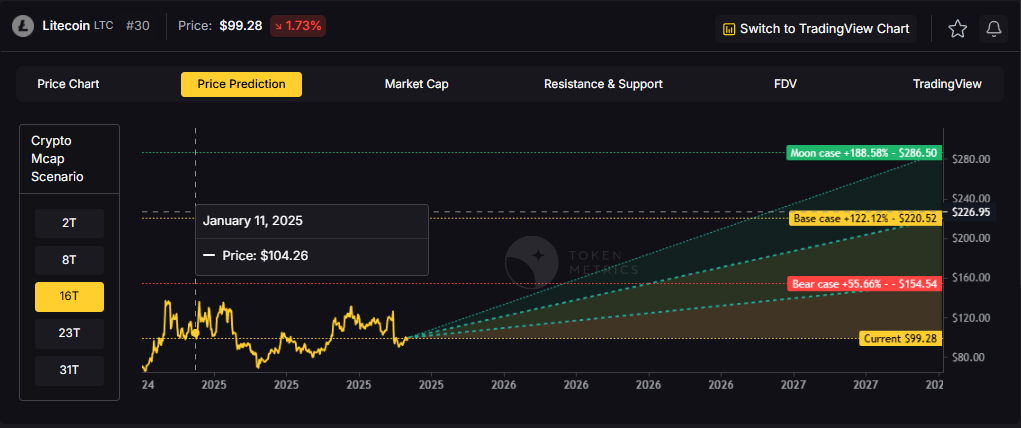
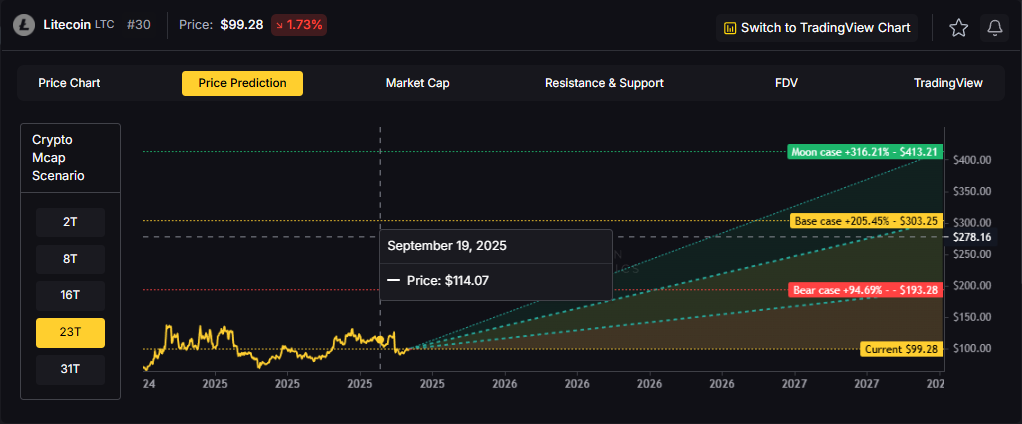

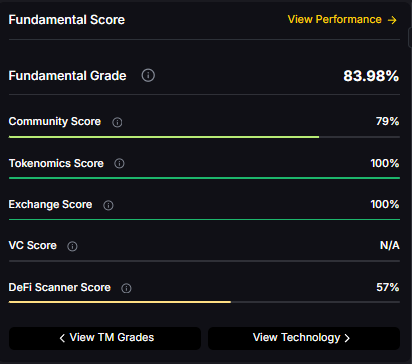






.svg)




.png)